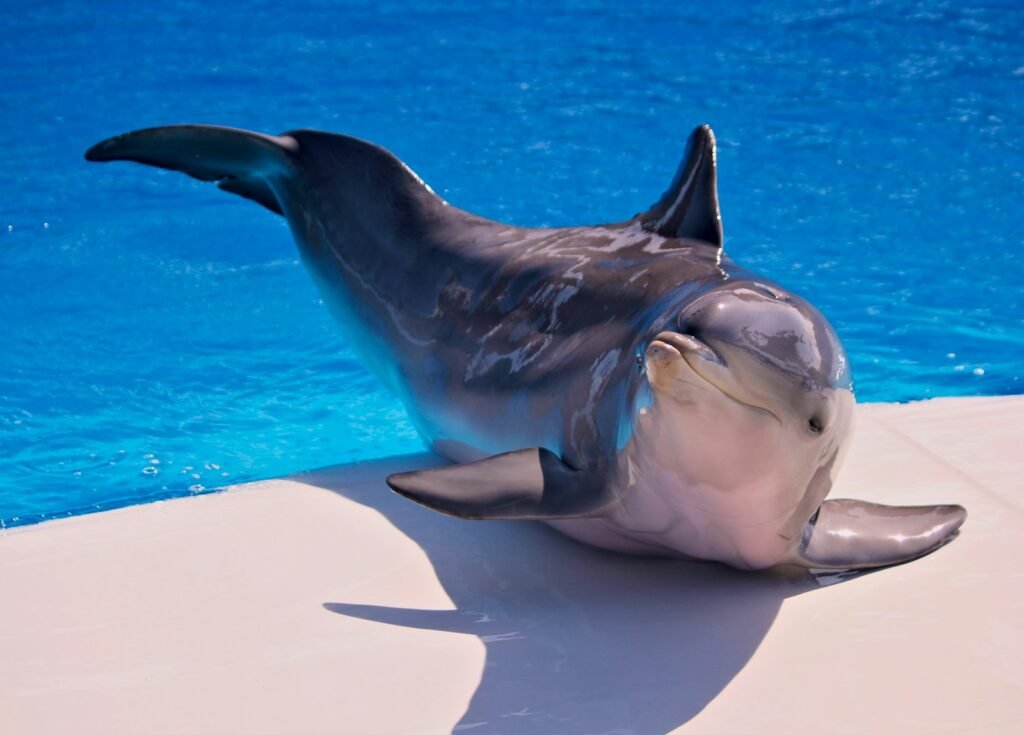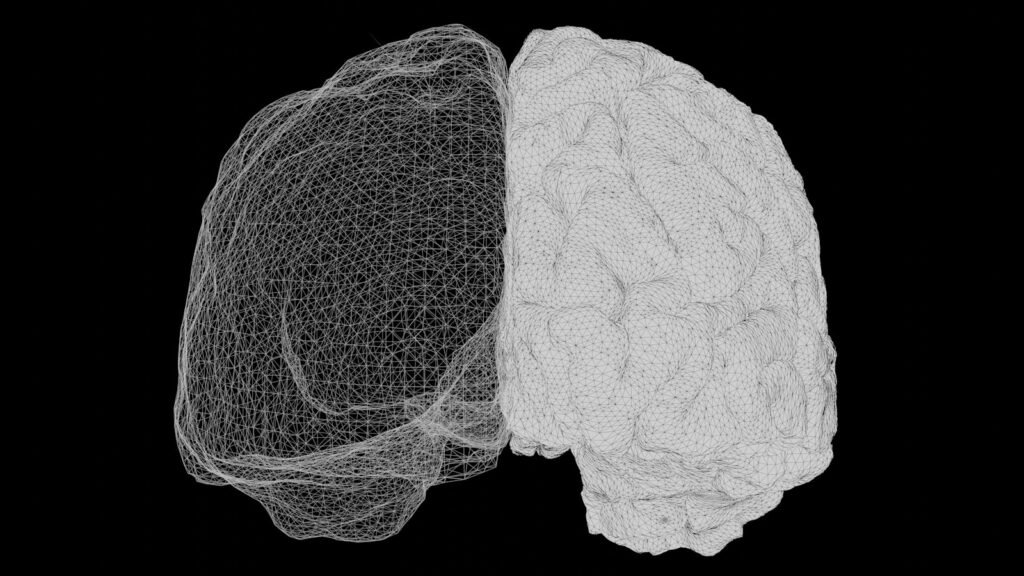For generations, we measured animal intelligence with a human yardstick and called anything different “instinct.” That story is breaking apart, and the new one is far more interesting. Across forests, reefs, savannas, and city sidewalks, minds are solving problems in ways we once thought only we could. The mystery isn’t whether animals think – it’s how richly and how differently they do it. Here are ten findings that flip the script and hint at a wilder, more thoughtful world.
The Hidden Clues: Crows that manufacture tools and plan ahead
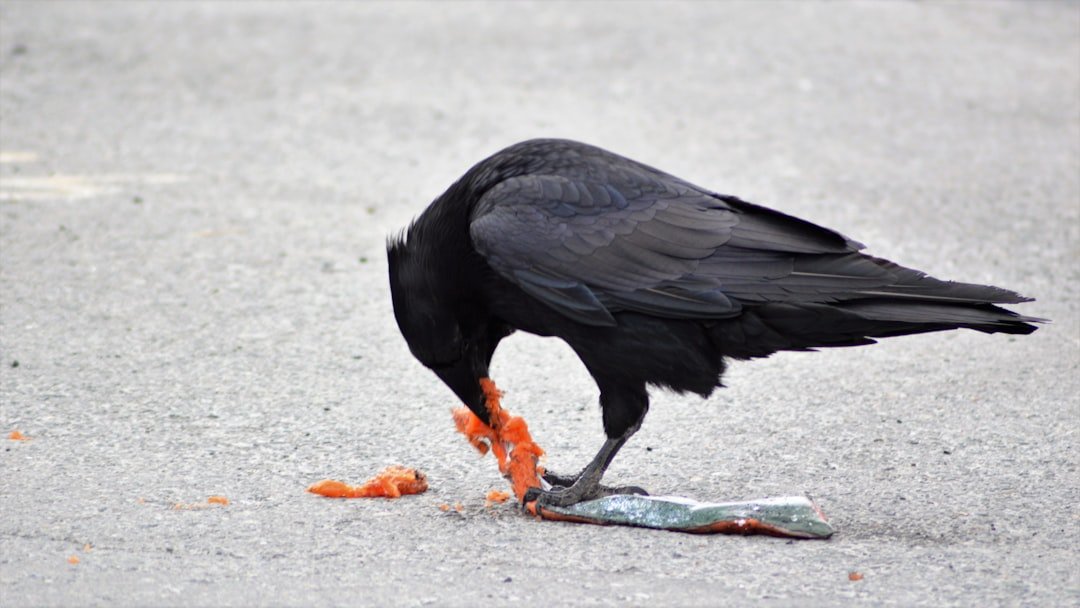
If you think intelligence requires a massive brain, meet a crow holding a hook it bent itself. New Caledonian crows fashion tools from twigs and leaves, then use them to fish grubs out of holes with surgeon-like precision. In multi-step puzzles, corvids will stash a tool they can’t yet use because a future step demands it, a simple but stunning sign of foresight. Ravens have also been seen bartering and waiting for better rewards, suggesting they weigh options, not just impulses.
I once watched a city crow drop a walnut at a crosswalk, wait for the light, and let cars crack it open – a streetwise spin on problem-solving. These are not parlor tricks; they’re flexible strategies tuned to changing situations. When the environment shifts, the smartest survivors improvise, and corvids keep rewriting the playbook.
From Ancient Tools to Modern Science: Octopuses, the escape artists of the sea
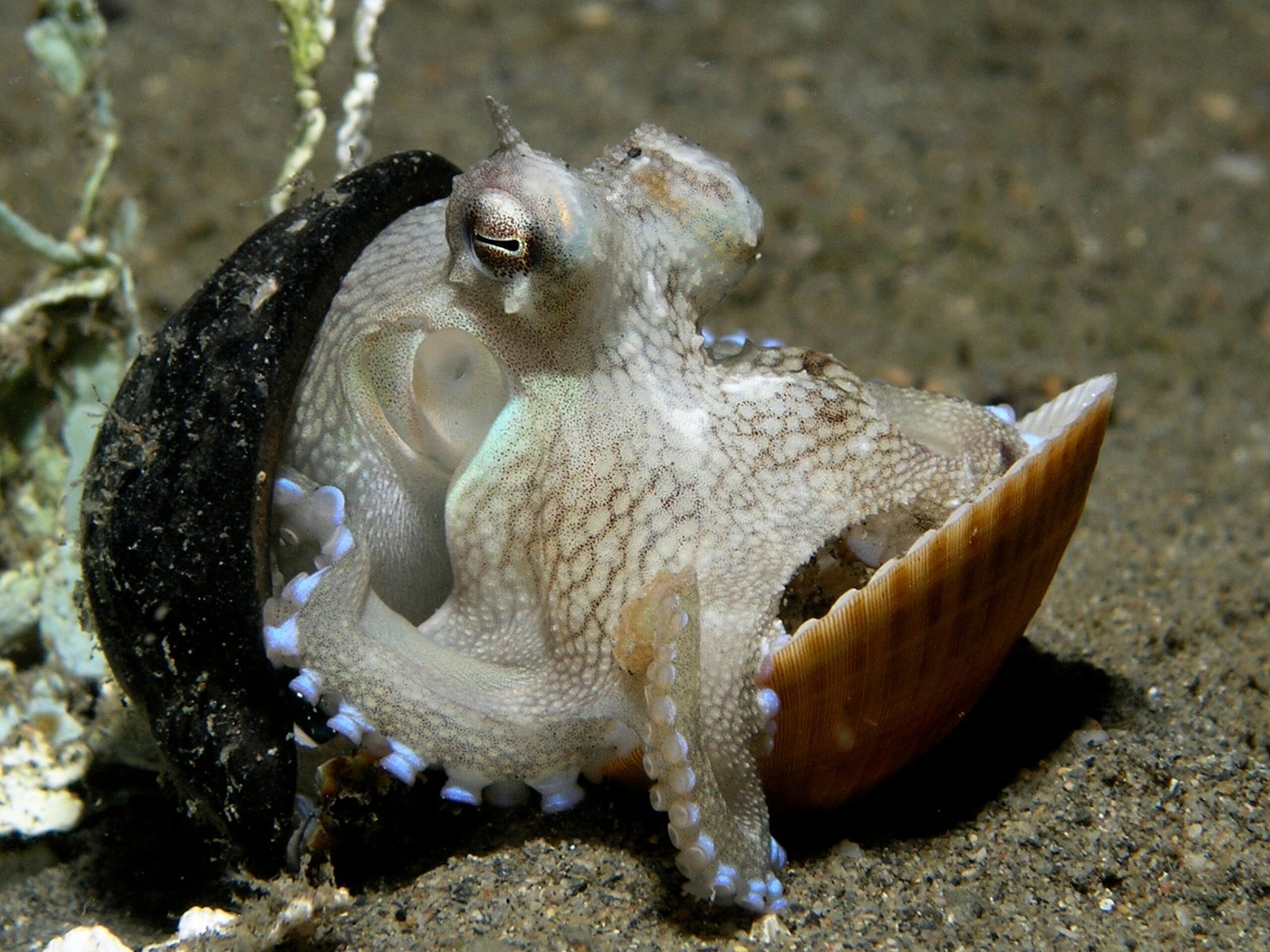
Octopuses don’t just squeeze through bottle openings; they remember where the bottle was. In labs, they solve mazes and open screw-top jars, and in the wild they carry coconut shells to assemble instant shelters, an unmistakable sign of tool use. Each arm explores with independent curiosity, feeding a central brain that integrates touch, taste, and motion in a way unlike ours. Their short lifespans make this flexibility even more surprising, hinting at intense learning compressed into just a few years.
Watching one methodically probe a puzzle box feels like seeing curiosity itself with eight arms. It’s not human-like intelligence – it’s cephalopod intelligence, built for stealth, camouflage, and improvisation. Different blueprint, same outcome: get the job done and get away fast.
Names Beneath the Waves: Dolphins’ signature whistles as social IDs
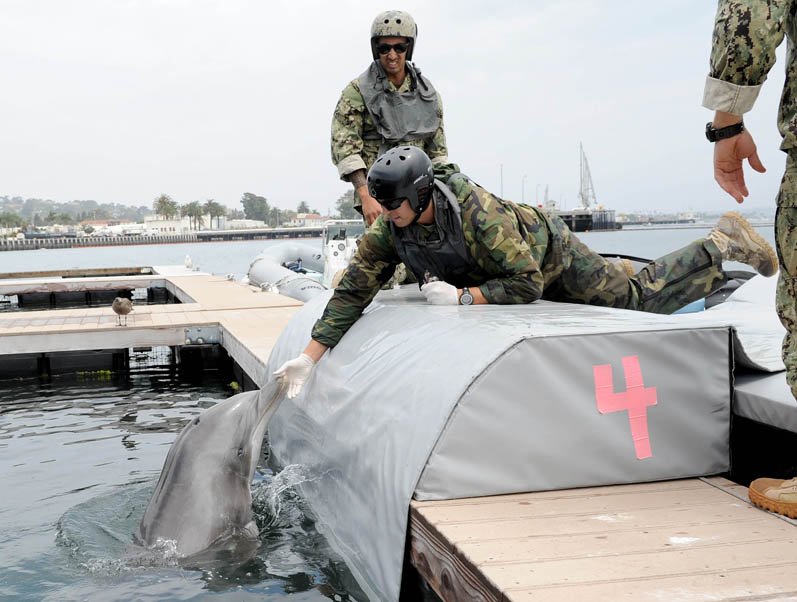
In dolphin societies, identity travels by sound. Individuals develop unique signature whistles that function like names, and companions use them to hail specific partners across cloudy water. Calves learn these calls from mothers and peers, weaving social ties that can last decades. When separated, dolphins often broadcast a partner’s signature whistle, and the named animal responds – an elegant audio handshake.
These vocal labels mesh with coalition-building, cooperative hunting, and play that looks suspiciously like practice. Social complexity and communication appear to rise together, and dolphins surf that curve with style. Where vision fades, memory and sound keep the group smart and cohesive.
Memory on the Move: Elephants, maps in their heads and empathy in their actions
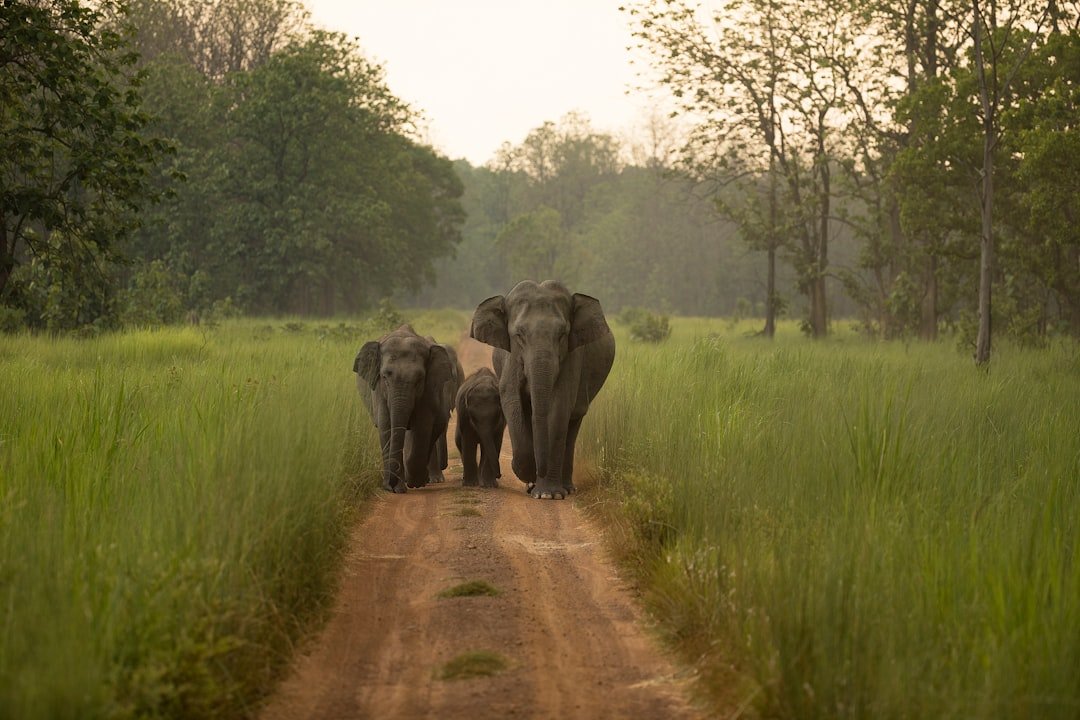
Elephant families move like living archives. Matriarchs remember distant waterholes, old migration corridors, and the seasons that will make or break a journey. Their decisions often spell the difference between survival and catastrophe, especially during drought. In tight situations, elephants coordinate, protect calves, and respond to distressed calls with comforting contact.
They also investigate bones of their dead more than other objects, lingering with a gravity that’s hard to ignore. You don’t need to romanticize that behavior to recognize its cognitive weight: attention, memory, and social bonds converge. A long life fed by long memory creates a brain tuned for both logistics and care.
Small Brains, Big Numbers: Bees can handle zero and make choices
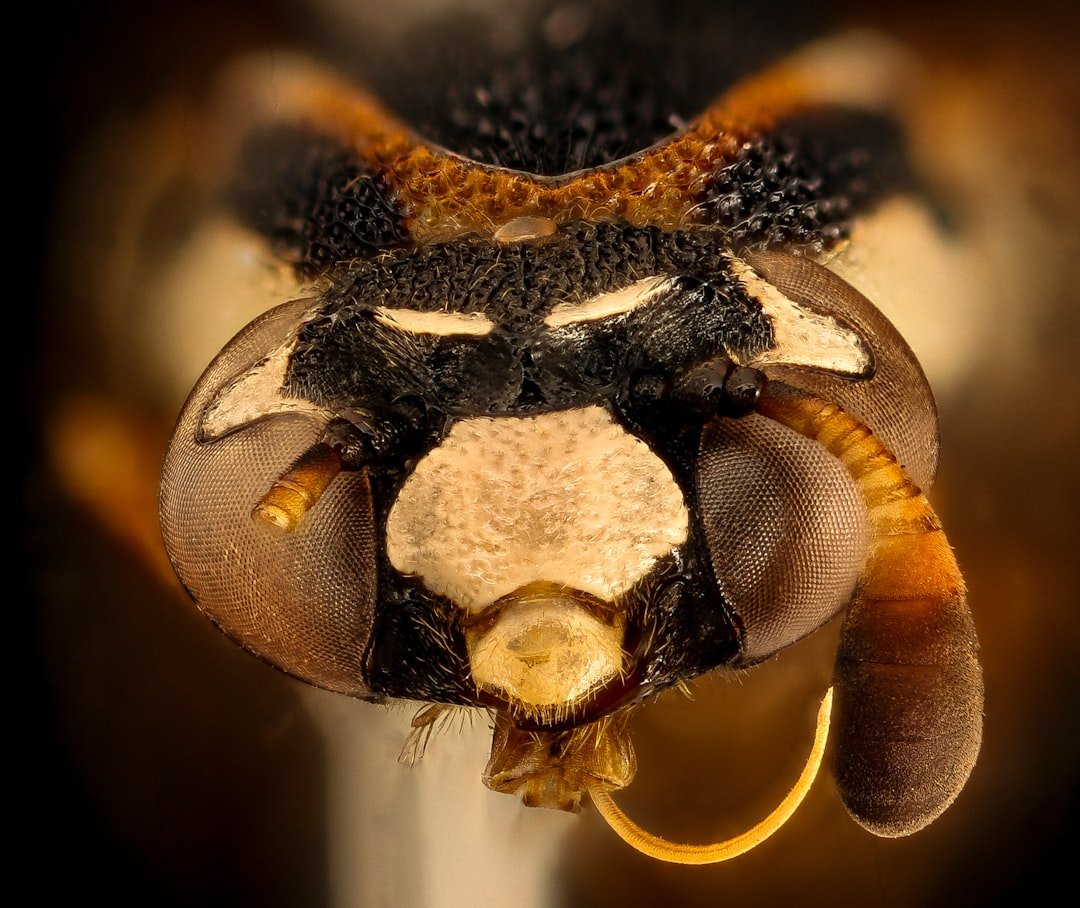
Honeybees fly with math tucked behind their faceted eyes. Trained on visual patterns, bees can learn simple rules like “choose fewer” and even treat an empty set as a kind of number, showing a grasp of “nothing” that once looked strictly human. In foraging experiments, they weigh distance, sugar quality, and competition to steer toward the better payoff. They communicate those choices through the waggle dance, encoding direction and approximate distance in a moving map.
All this unfolds in a brain the size of a sesame seed. The lesson isn’t that size doesn’t matter; it’s that circuitry and experience do. Intelligence can be compact, efficient, and airborne.
Laughter and Rescue: Rats show empathy, play, and relief
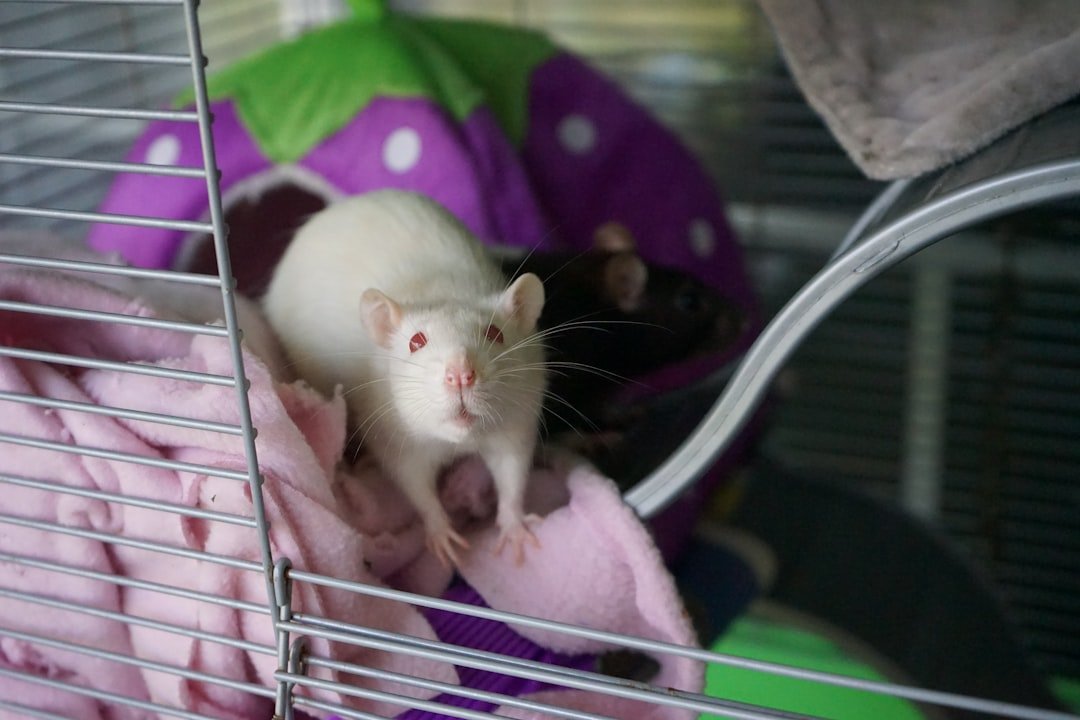
Rats will work to free a trapped cage mate, even when there’s no tangible reward – behavior consistent with basic empathy. They also emit high-frequency chirps during play that correlate with positive mood, and they seek more of whatever elicited those sounds. In decision tasks, rats balance delayed rewards against immediate ones, shifting strategies when the rules change. That flexibility mirrors the kind of learning we prize in larger mammals.
It’s easy to overlook because rats are common and live near us in unglamorous ways. But common doesn’t mean simple. Underneath those whiskers is a nimble mind tuned to social life and fast-changing streets.
Grammar in Feathers: Parrots reason about categories and take turns
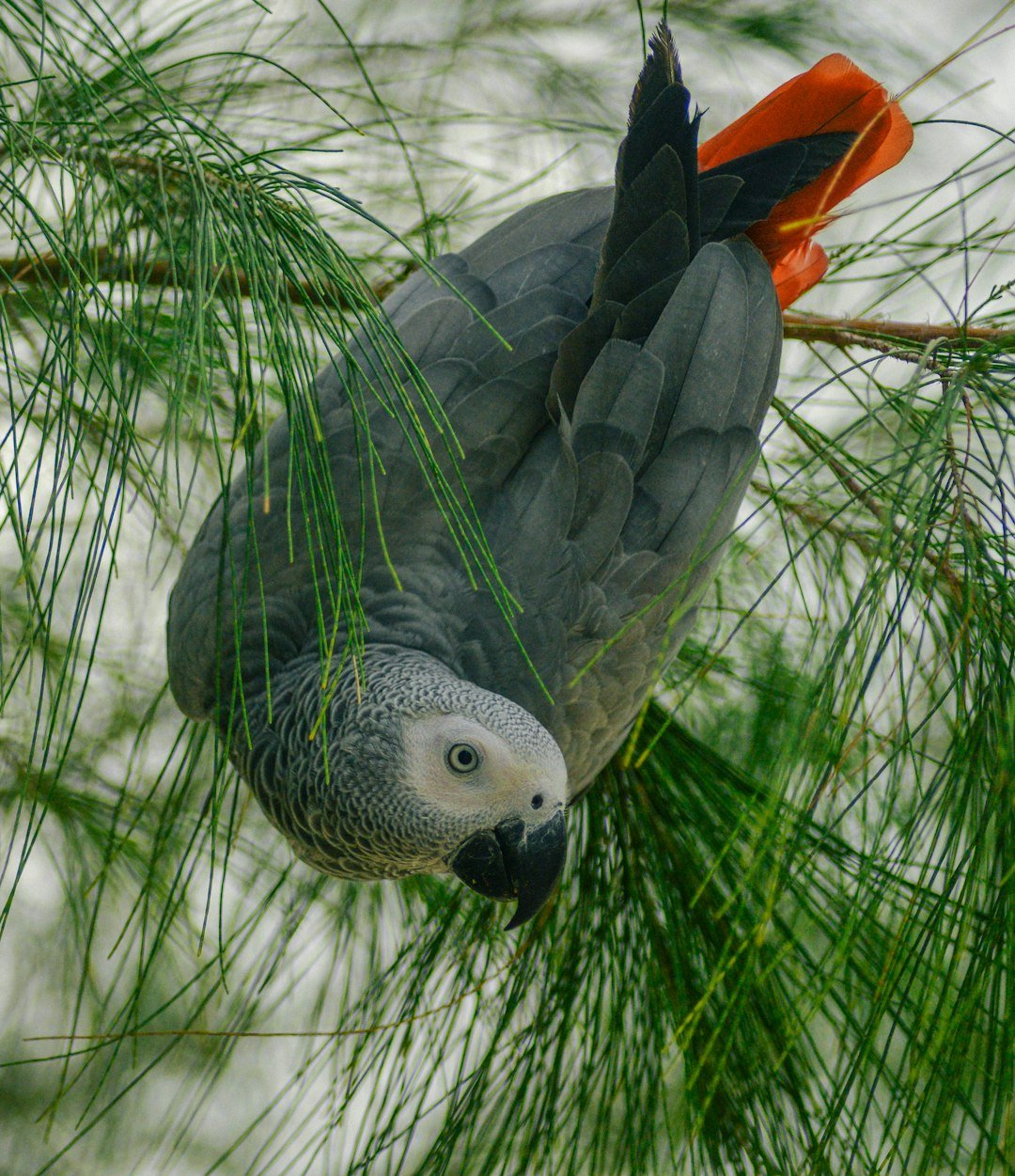
African grey parrots famously match colors, shapes, and numbers to the correct labels, and they generalize, applying learned rules to new objects. Many parrots also excel at turn-taking, a coordination skill that supports cooperation and smooth social living. In problem-solving tasks, they combine pieces to reach treats and adjust when the setup changes, showing flexible planning rather than rote behavior. Their long lifespans give them decades to refine and transmit these skills.
Living with parrots is like living with flighted toddlers who never stop asking for puzzles. They aren’t mimicking for our amusement; they’re modeling how brains learn through play, feedback, and attention. Social minds practice together, and practice makes smarter.
The Prairie Dictionary: Alarm calls with details, not just noise
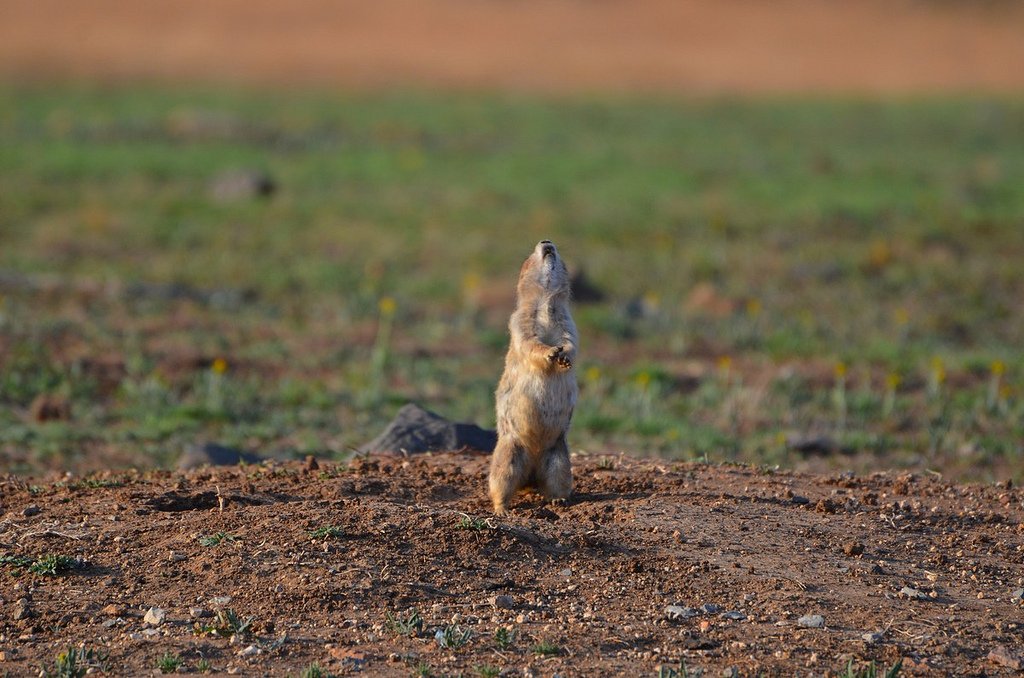
Prairie dogs don’t shout generic alarms; they vary their calls in ways that listeners use to react more precisely. Recordings linked to specific predators reveal consistent differences in call structure, and those differences change a colony’s behavior – how far individuals run, where they look, how long they stay wary. That suggests the calls carry information about threat type or urgency, a step toward semantic signaling. Other species, from meerkats to some birds, show similar patterns.
Meaning in the wild isn’t scripted grammar, but it’s not chaos either. Signals evolve where they help survival, and clarity gets rewarded. Communication, in other words, is a tool sharpened by teeth and time.
Minds Underwater: Fish culture, farming, and unlikely alliances
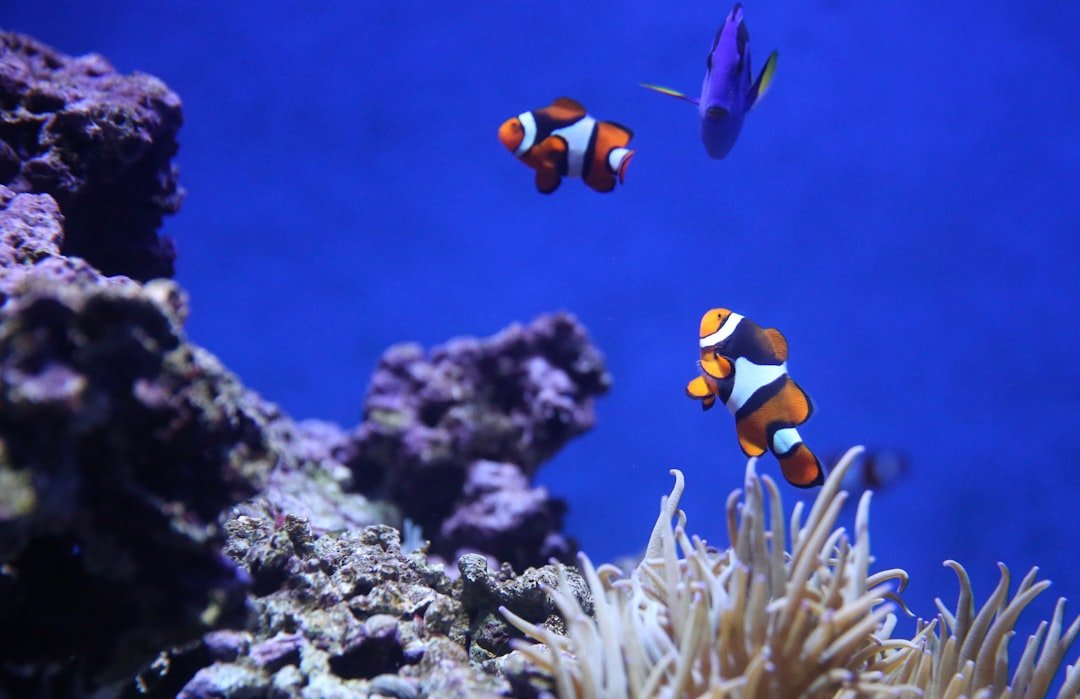
Reef fish are not the goldfish of cartoons. Some damselfish cultivate algae gardens and defend them like miniature farms, a repeatable behavior younger fish learn by watching adults. Wrasse have been seen using rocks as anvils to smash tough prey, and groupers recruit moray eels for joint hunts by signaling with head shakes and body posture. Those partnerships boost success for both hunters, which is the only metric evolution respects.
Navigation is no small feat, either; fish return to specific cleaning stations and feeding spots across complex, shifting reefs. Traditions form, spread, and sometimes vanish – a watery version of culture. You don’t need hands to build a way of life.
From Hidden Minds to Human Mirrors: Dogs read us, and we should notice

Dogs don’t just follow our pointing; they infer what we can or can’t see and adjust their choices accordingly. In fairness tests, some dogs balk when treated worse than a partner, hinting at a simple sense of equity. Border collies trained on many object names can retrieve the correct toy by exclusion, picking the novel item when all known ones are present. None of this requires language like ours; it requires attention to social cues and flexible learning.
I’ve felt that intelligence looking back at me when a dog waits me out, eyes flicking between my face and the treat jar. It’s humbling. The more carefully we look, the more we see minds tuned to our moods, habits, and blind spots.
Why It Matters: A new map of minds, and where it’s taking us
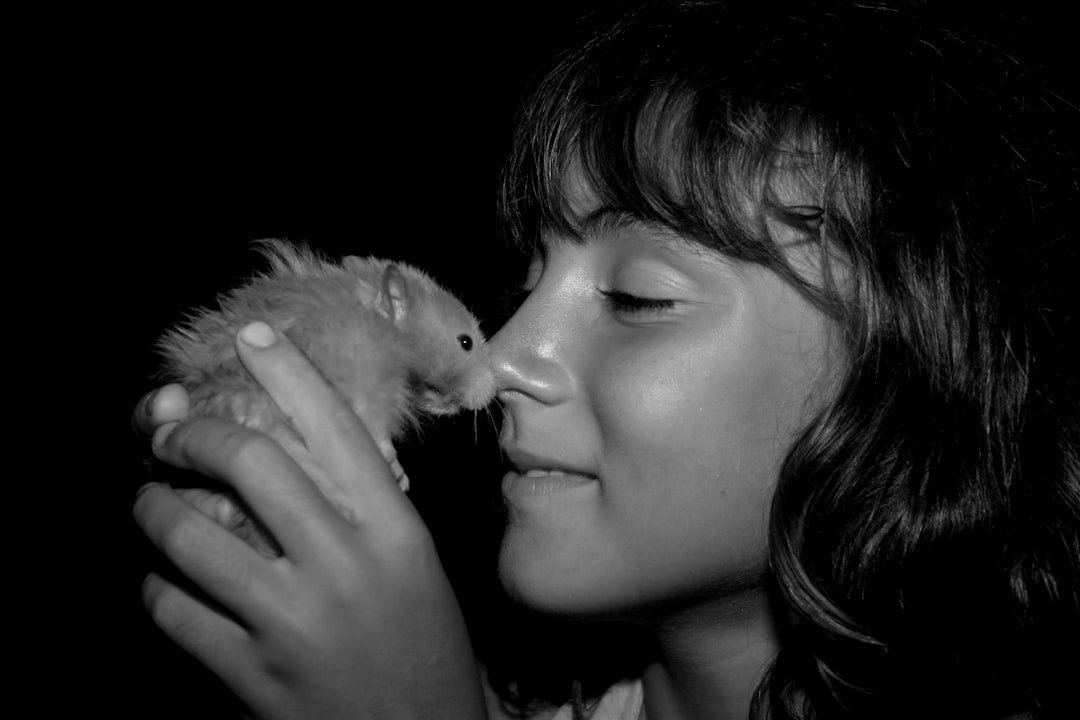
These findings replace a ladder – with humans planted on top – with a landscape of different peaks. Intelligence turns out to be a toolkit shaped by ecology, lifespan, and social needs, not a single score we hand out from a podium. That shift forces better science: experiments tailored to species’ senses and motivations, and methods that capture skills we once ignored. It also nudges policy, from designing wildlife crossings animals will actually use to improving standards for animals in research and care.
The next breakthroughs are already rising from quiet places: bioacoustic networks listening for patterns we miss, tiny tags tracking decisions in real time, and machine learning sifting the grammar of clicks, chirps, and whistles. With better tools comes a sharper ethical lens – because once you recognize problem-solving and social awareness, it’s hard to argue for treating minds as mute. Pay attention, ask better questions, and the answers will surprise you. What would you have guessed?

Suhail Ahmed is a passionate digital professional and nature enthusiast with over 8 years of experience in content strategy, SEO, web development, and digital operations. Alongside his freelance journey, Suhail actively contributes to nature and wildlife platforms like Discover Wildlife, where he channels his curiosity for the planet into engaging, educational storytelling.
With a strong background in managing digital ecosystems — from ecommerce stores and WordPress websites to social media and automation — Suhail merges technical precision with creative insight. His content reflects a rare balance: SEO-friendly yet deeply human, data-informed yet emotionally resonant.
Driven by a love for discovery and storytelling, Suhail believes in using digital platforms to amplify causes that matter — especially those protecting Earth’s biodiversity and inspiring sustainable living. Whether he’s managing online projects or crafting wildlife content, his goal remains the same: to inform, inspire, and leave a positive digital footprint.

